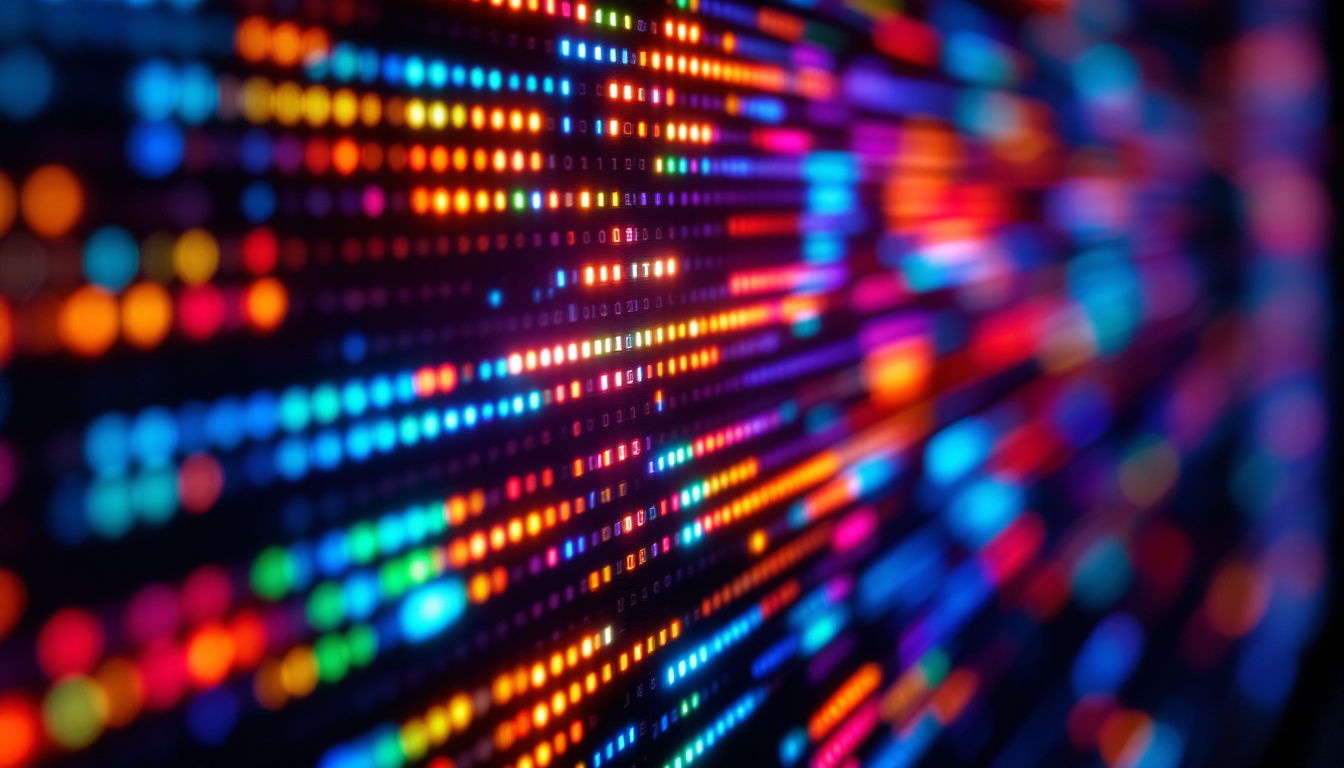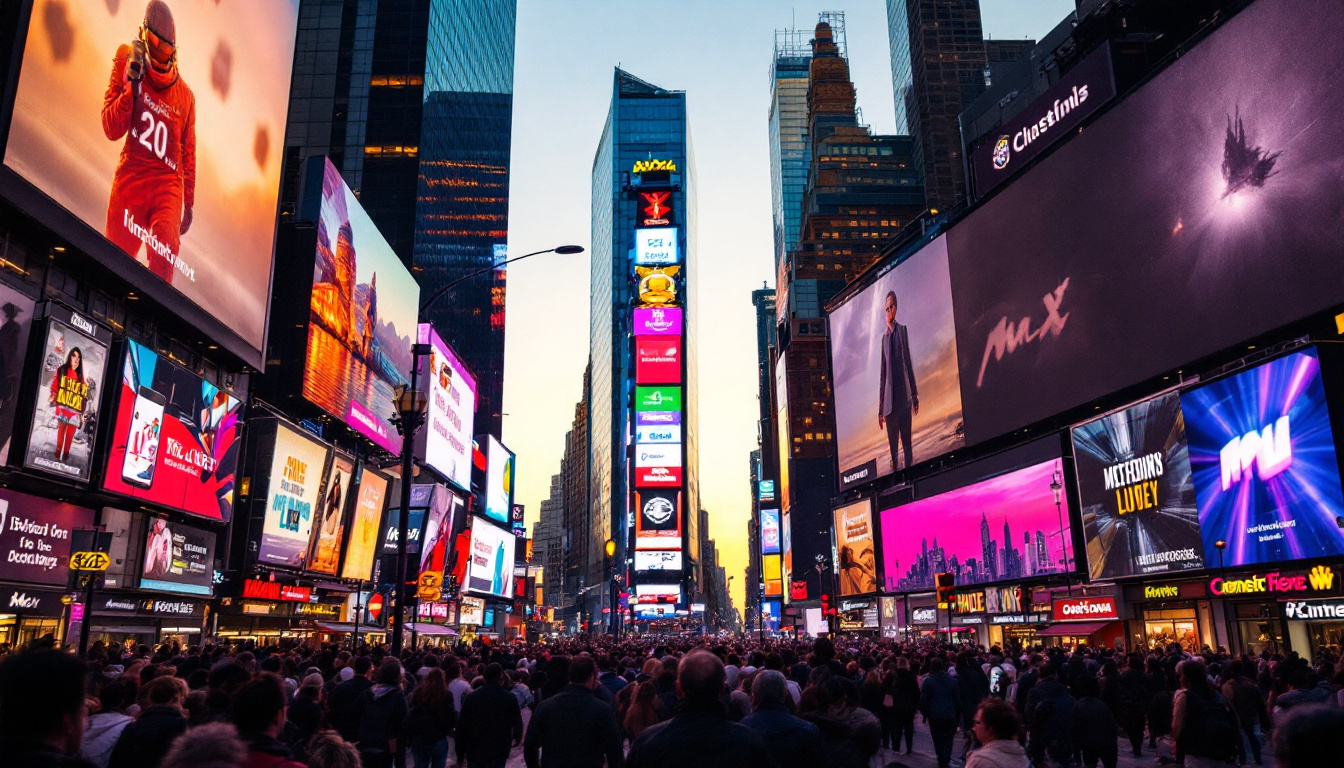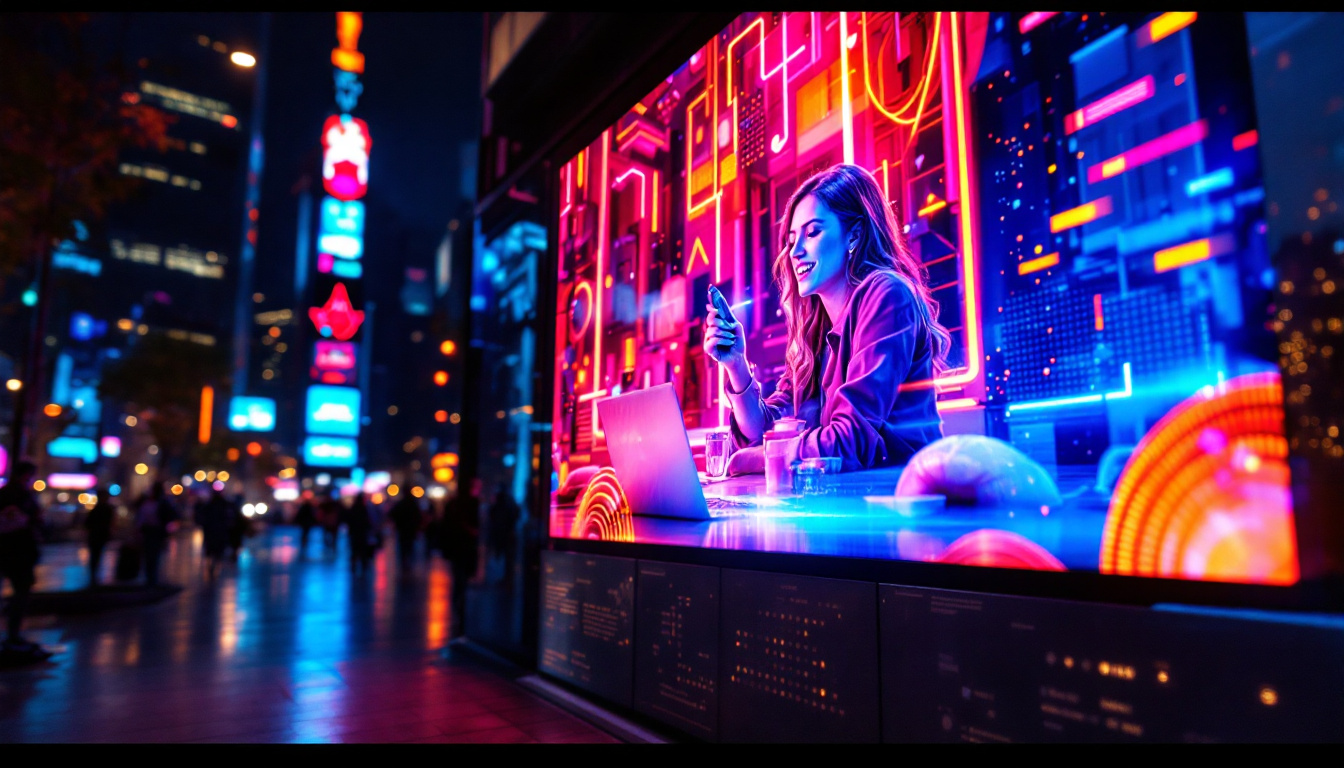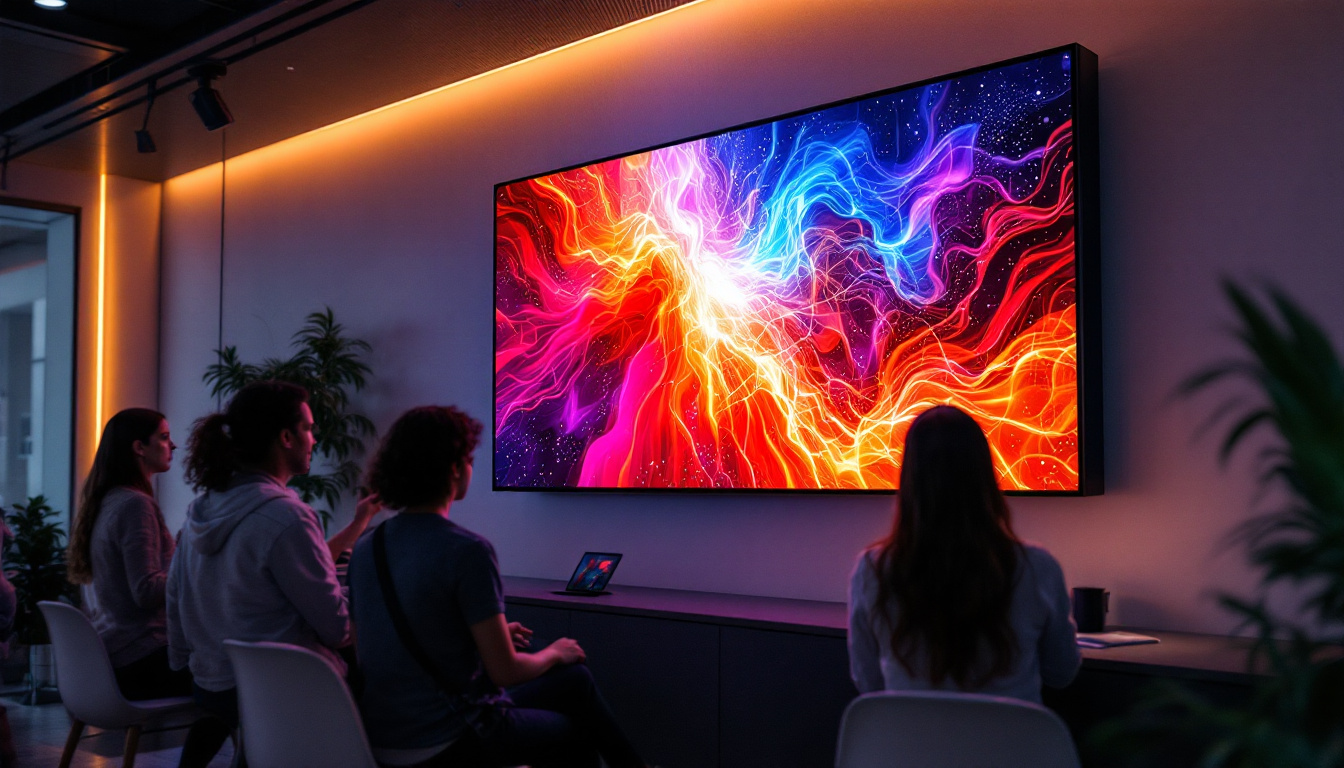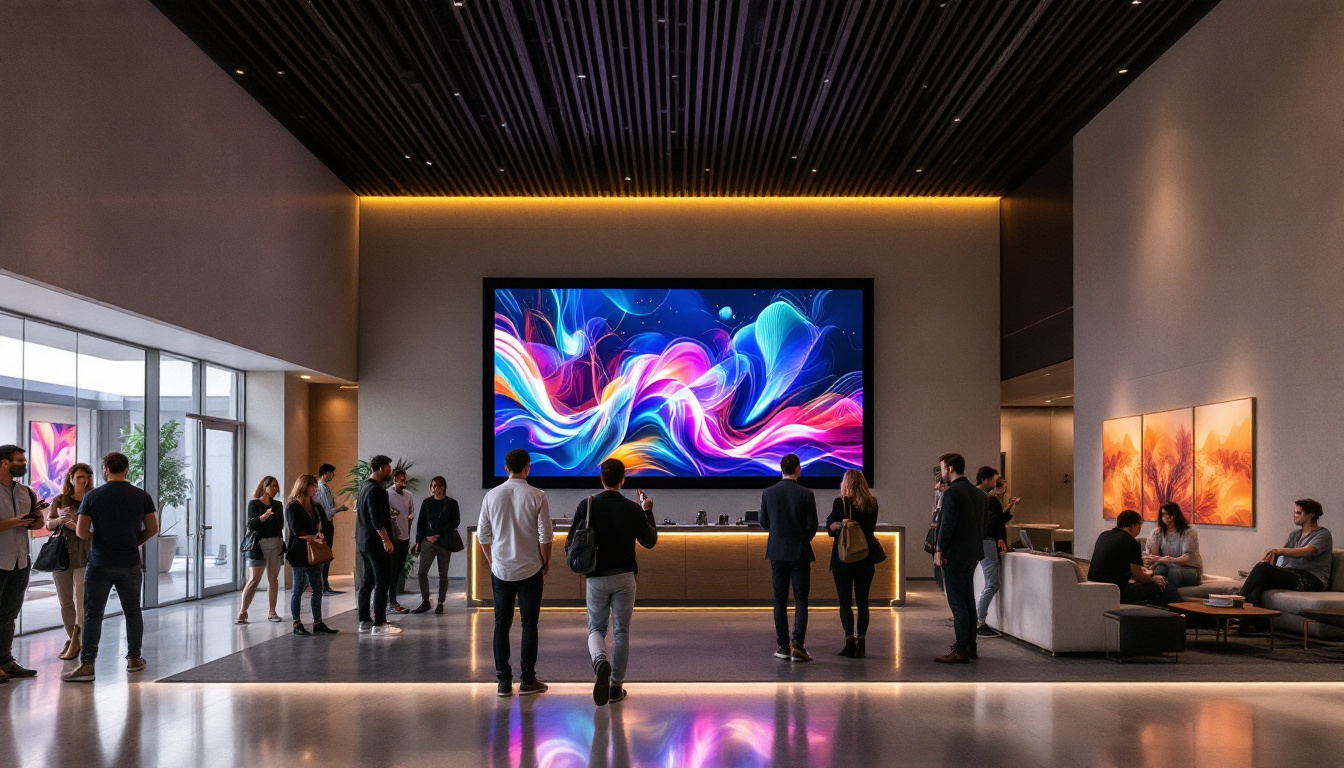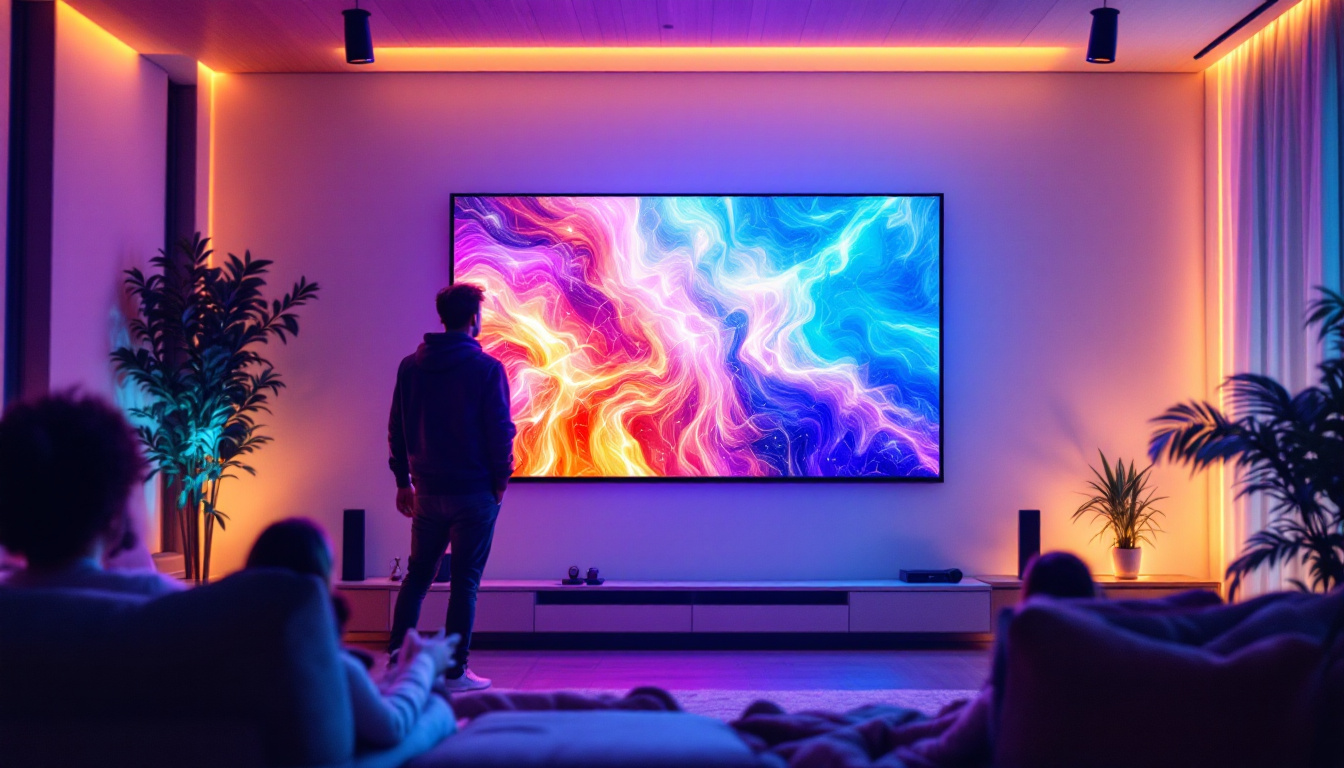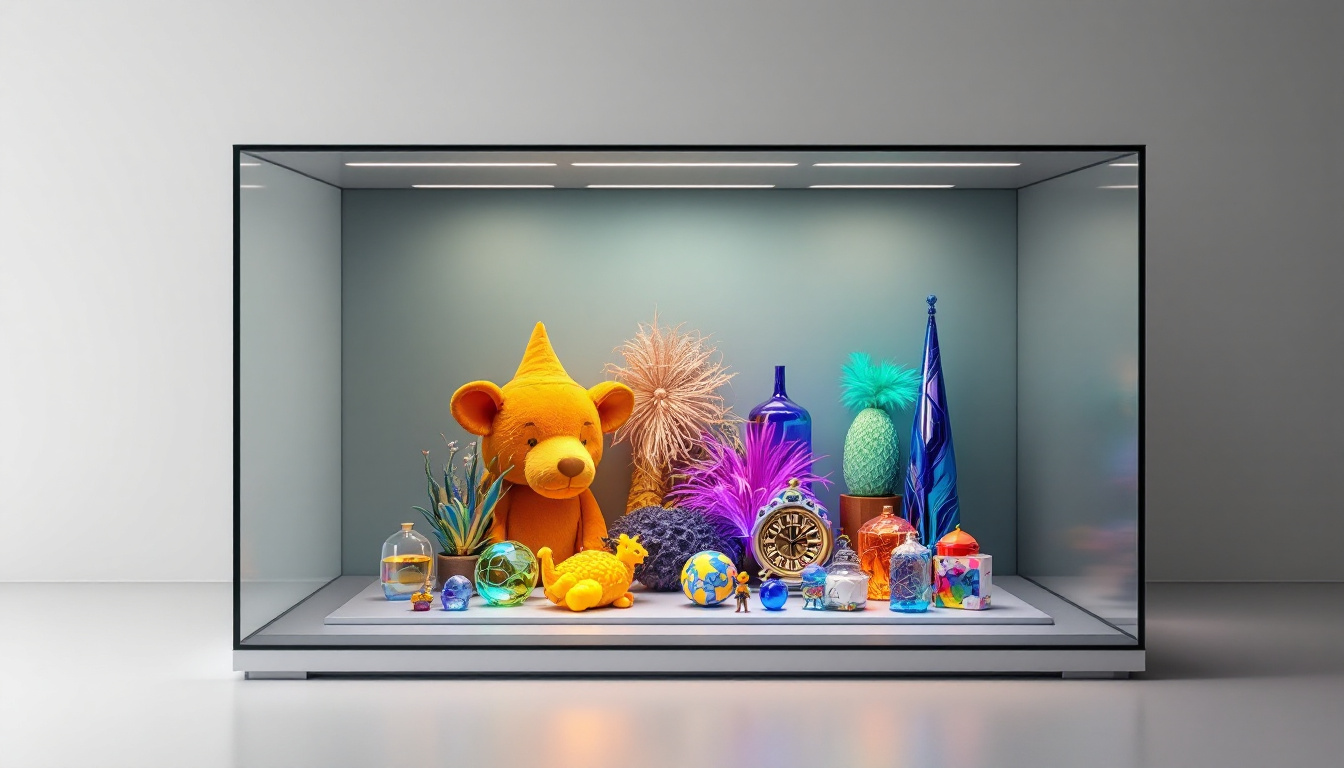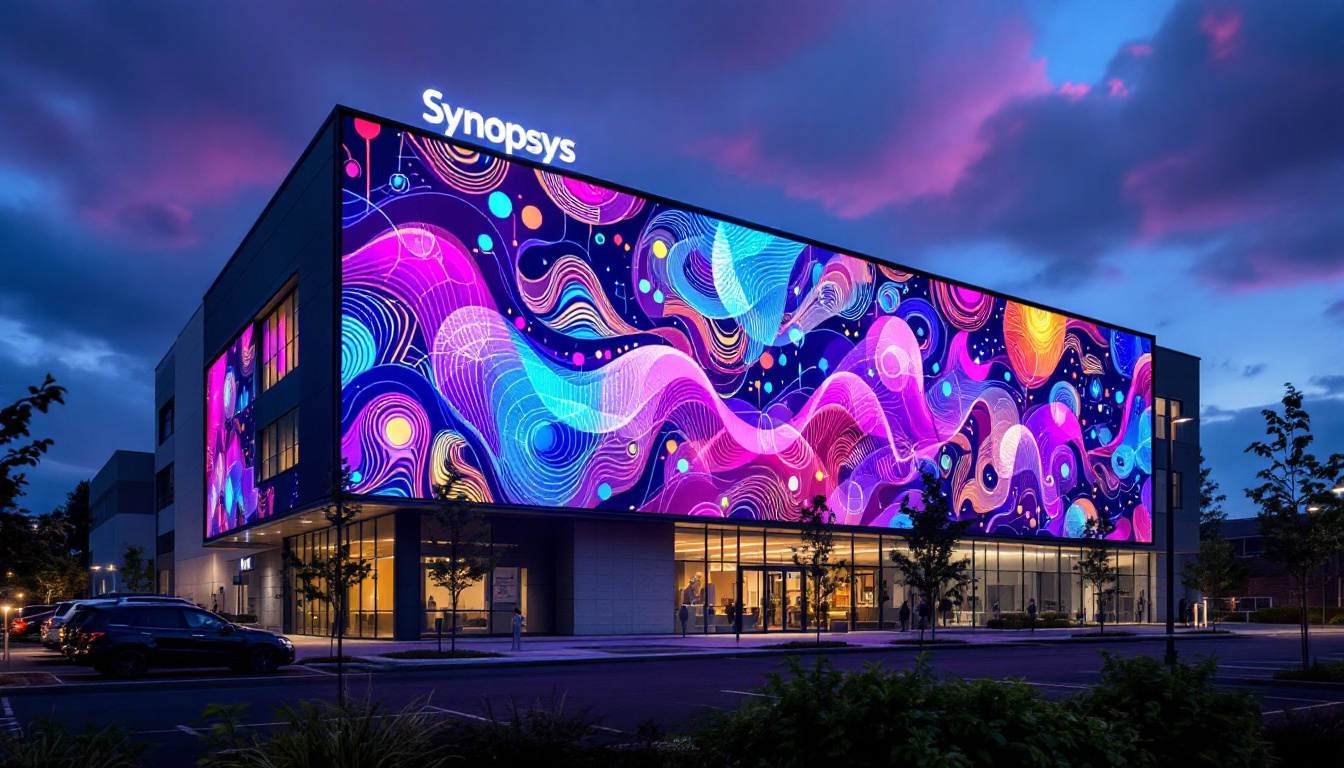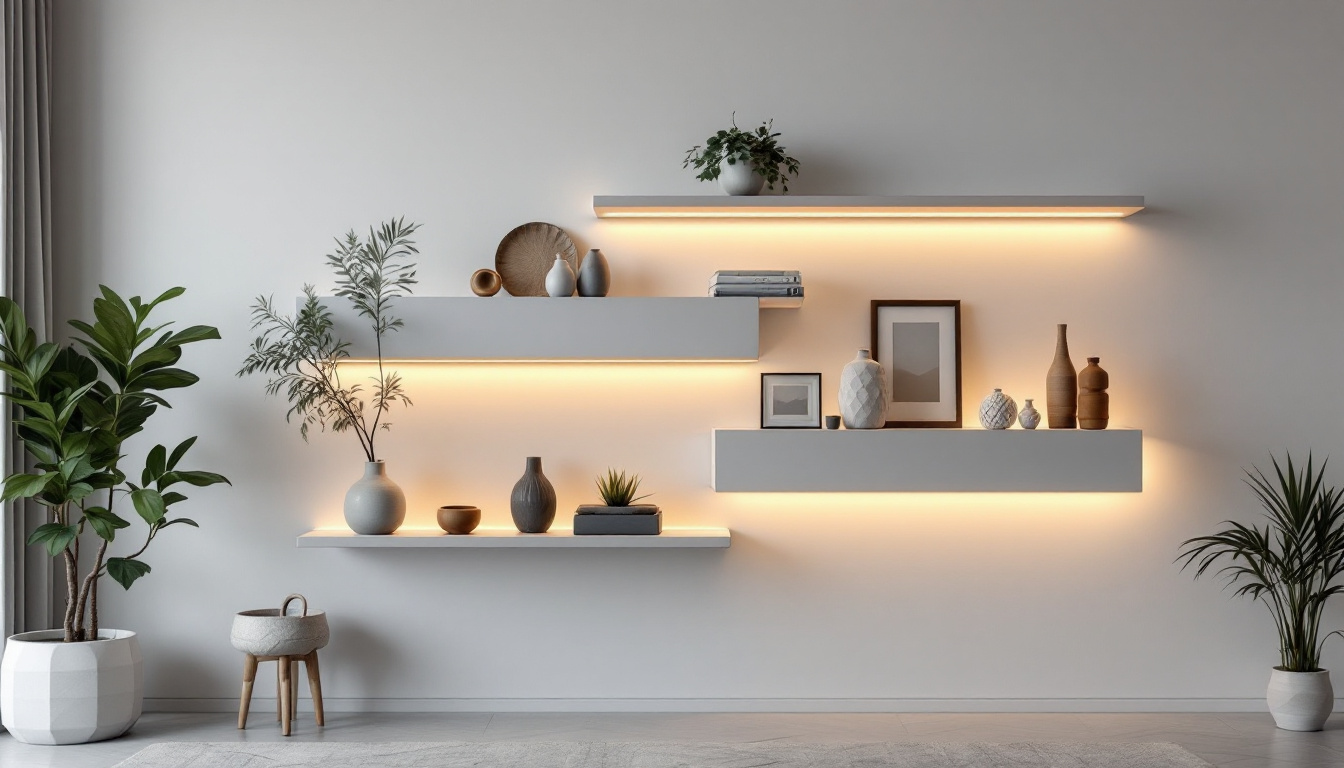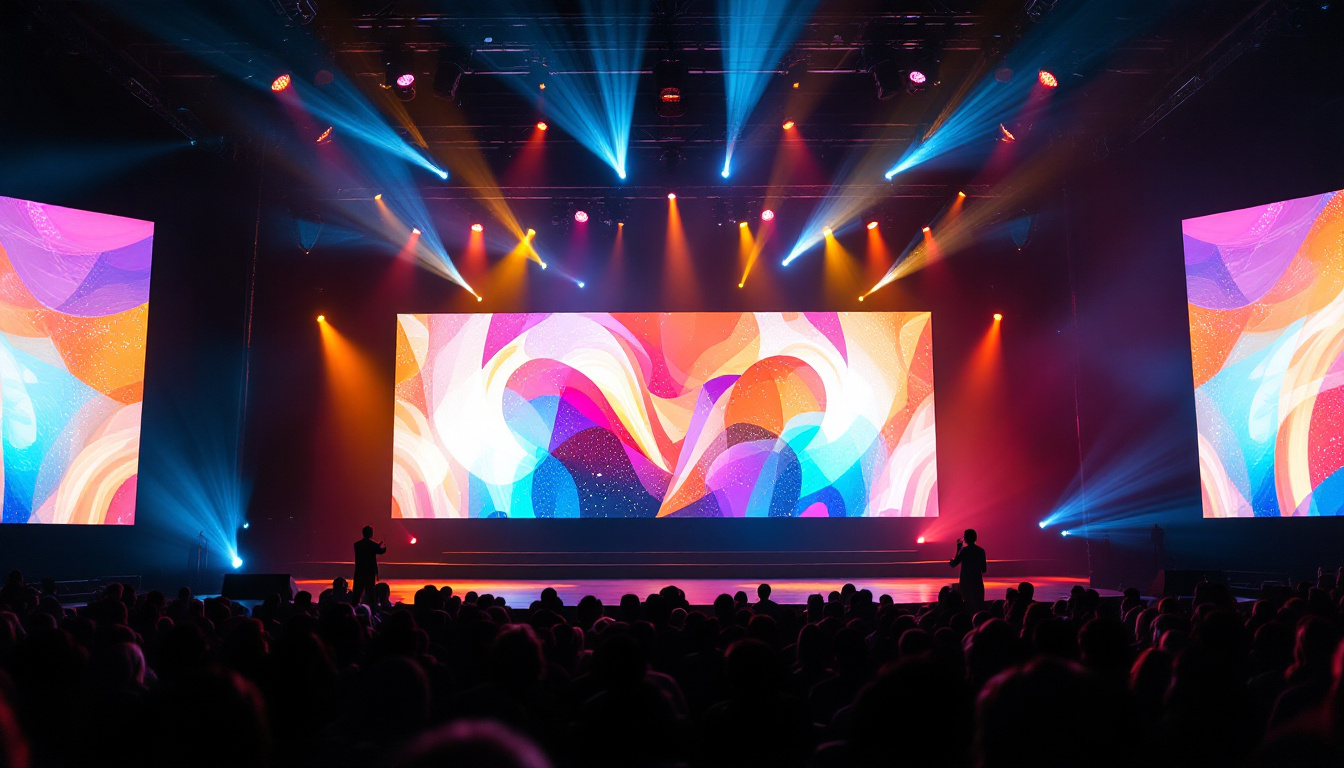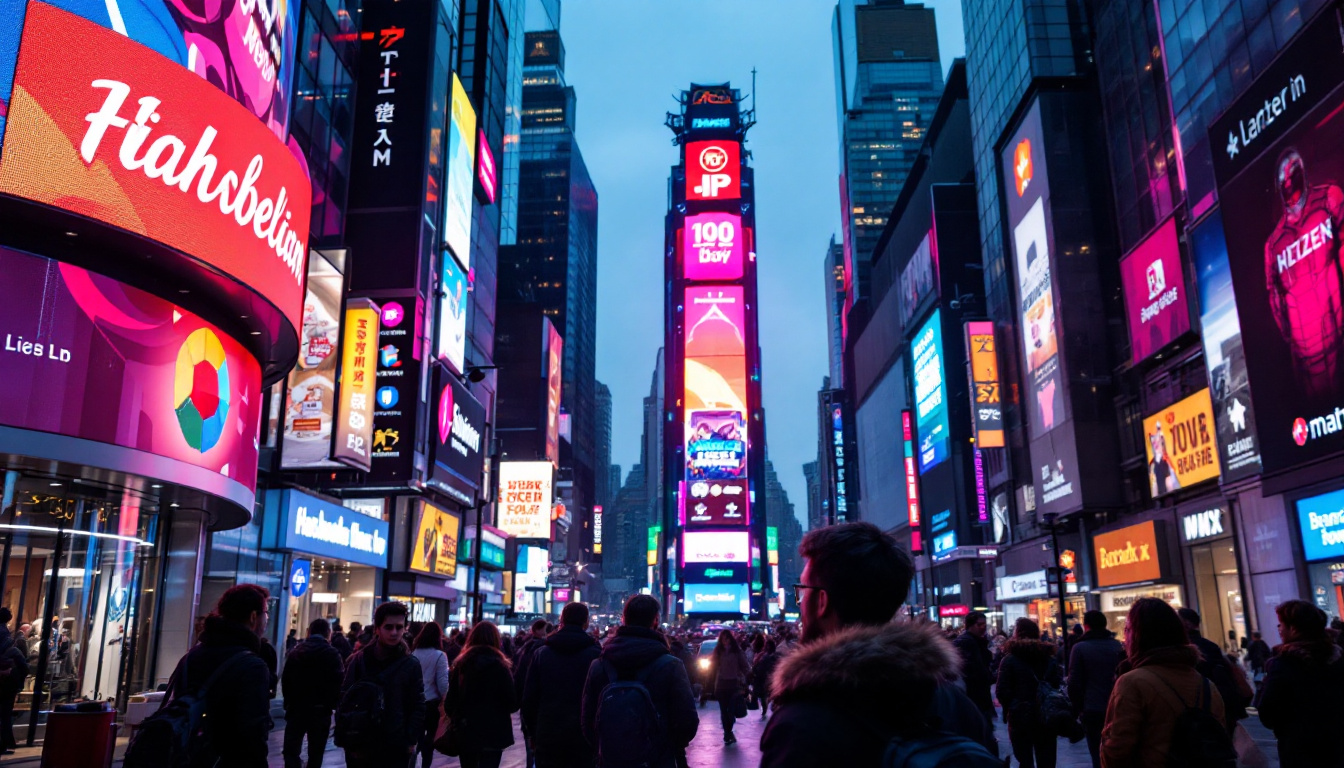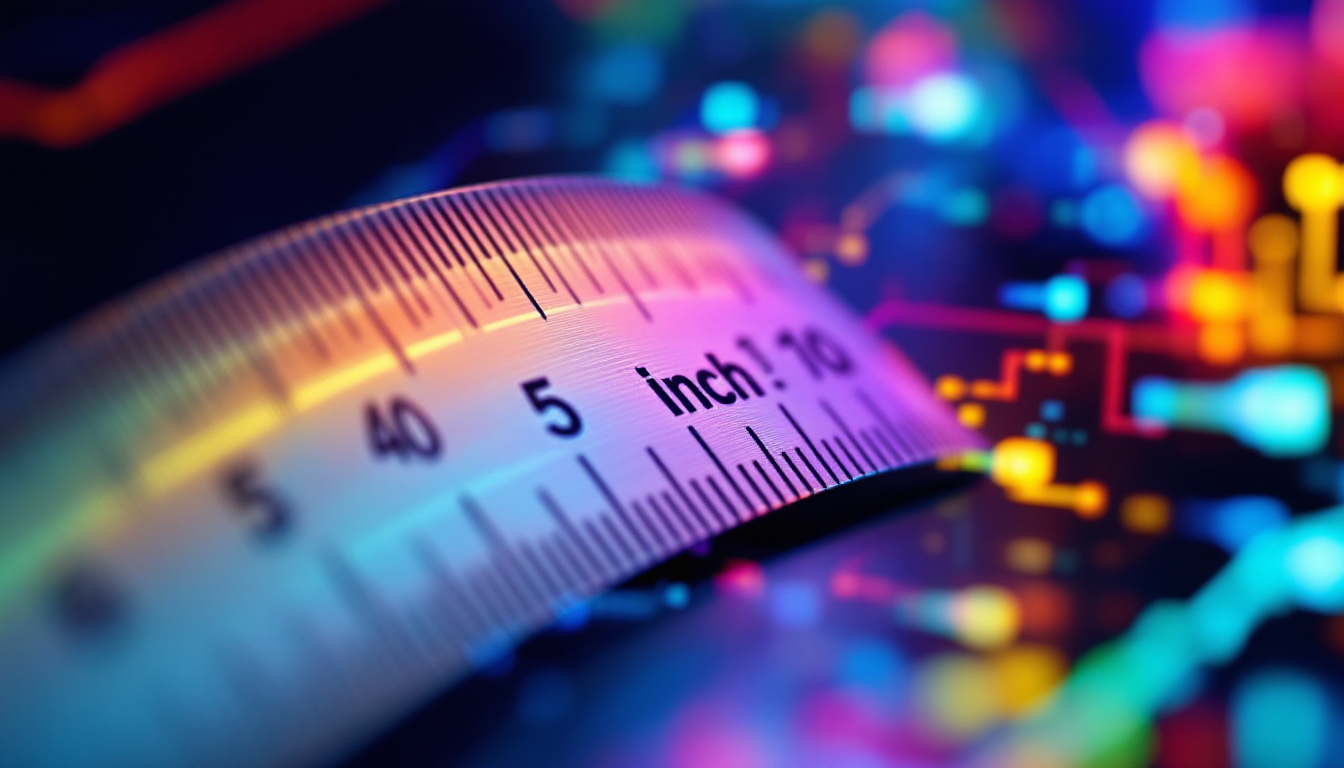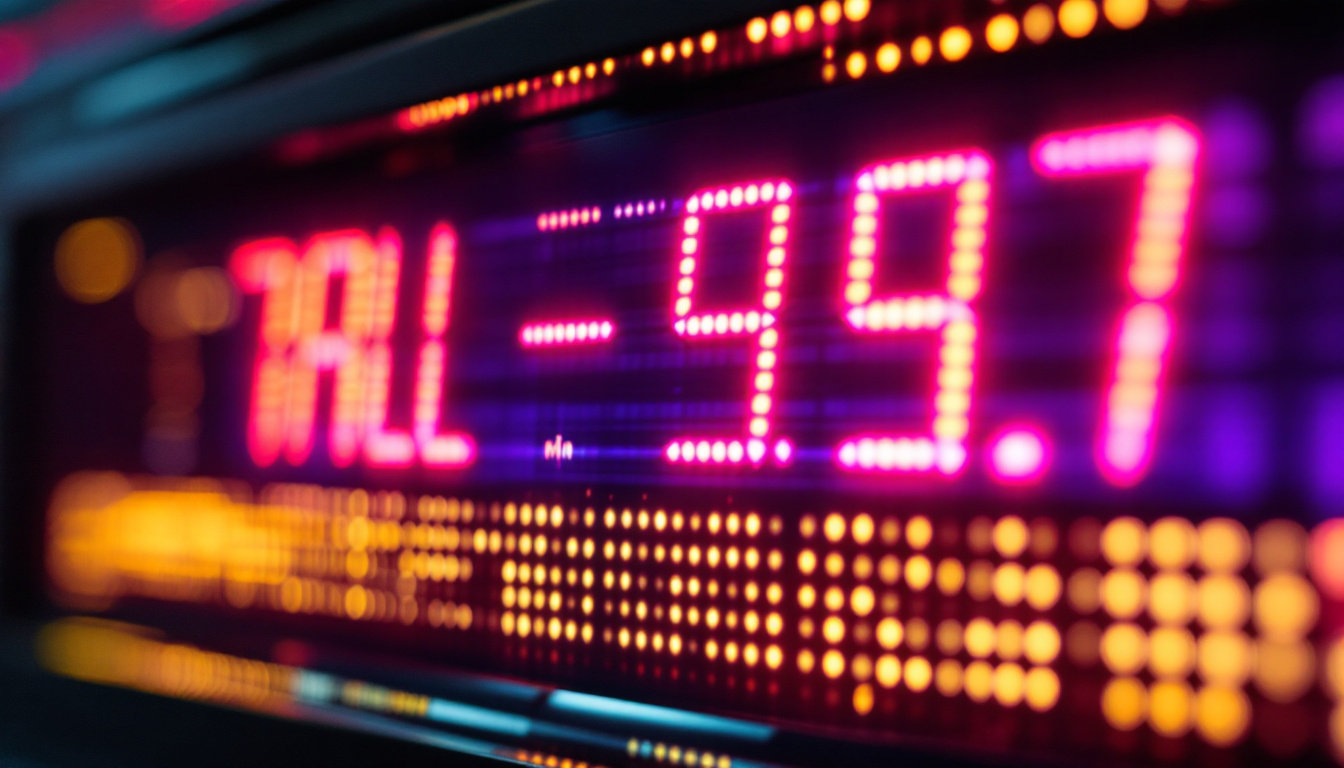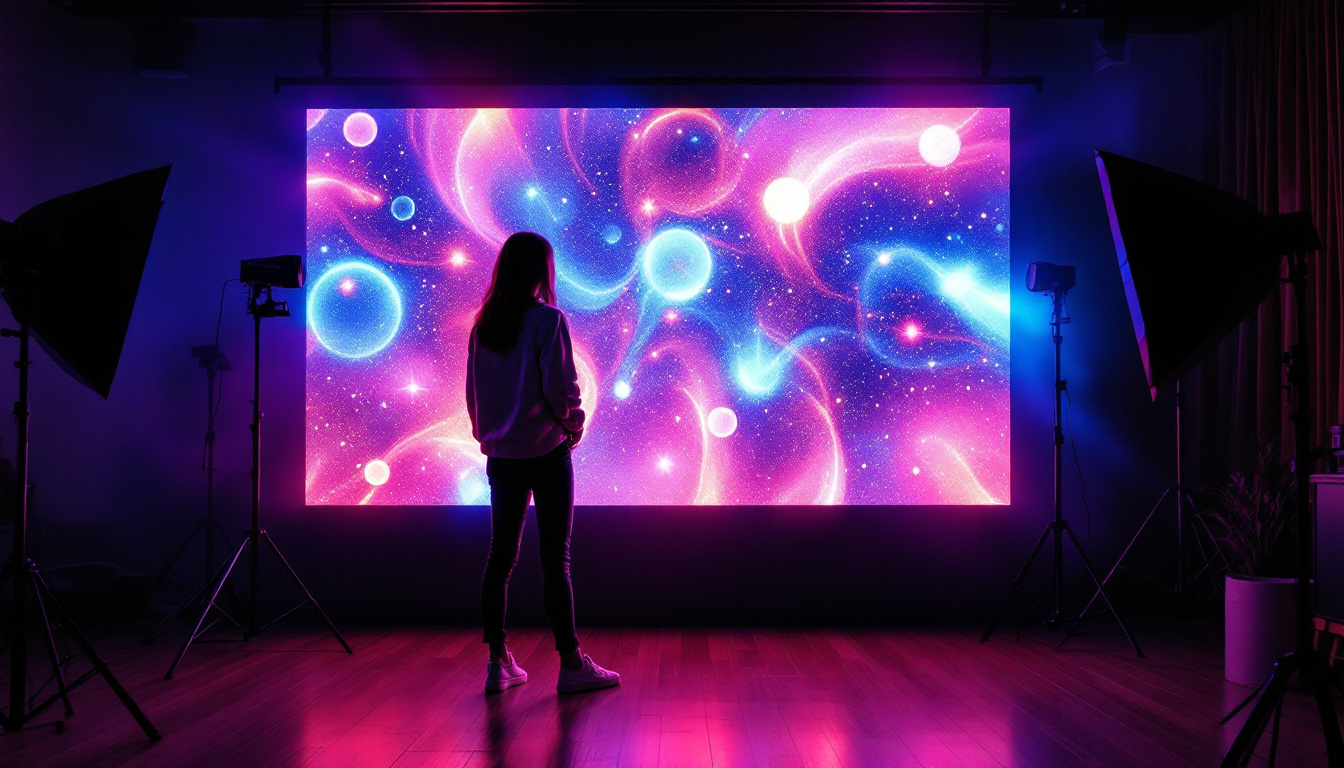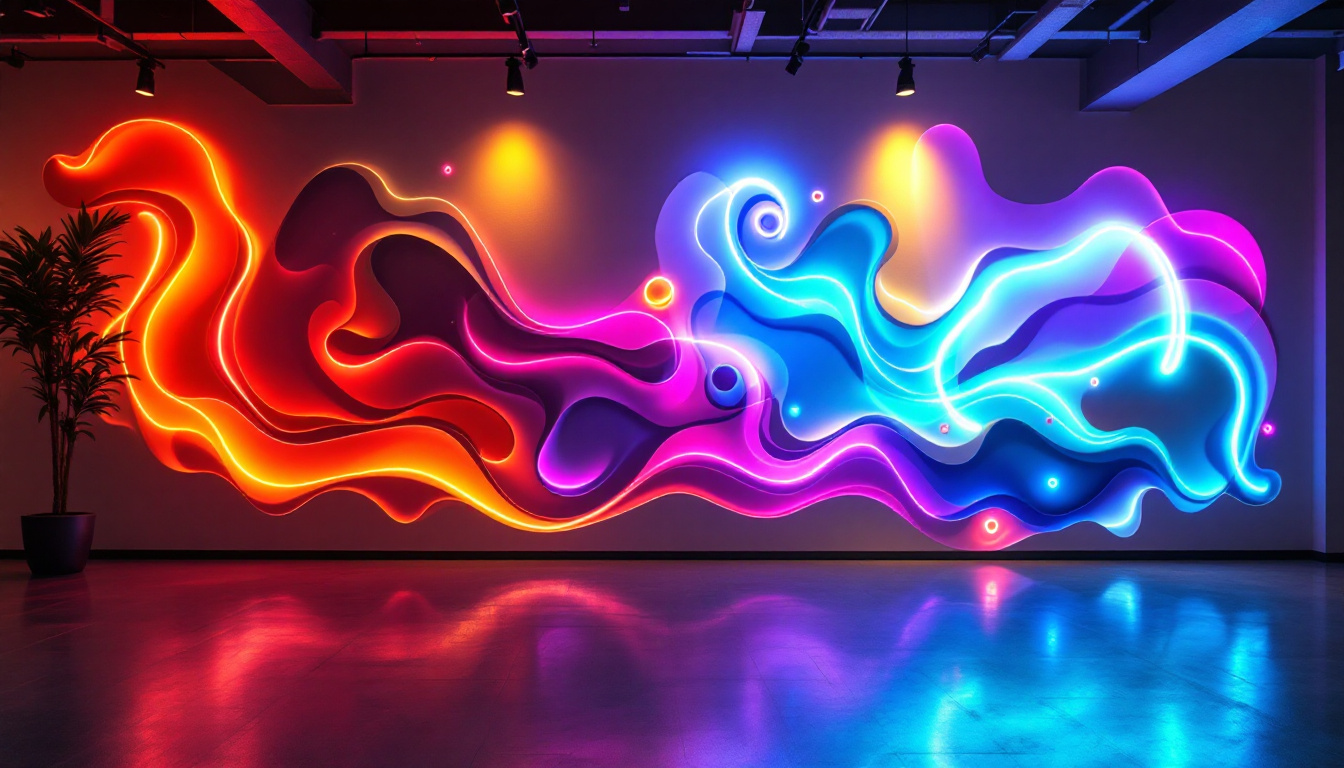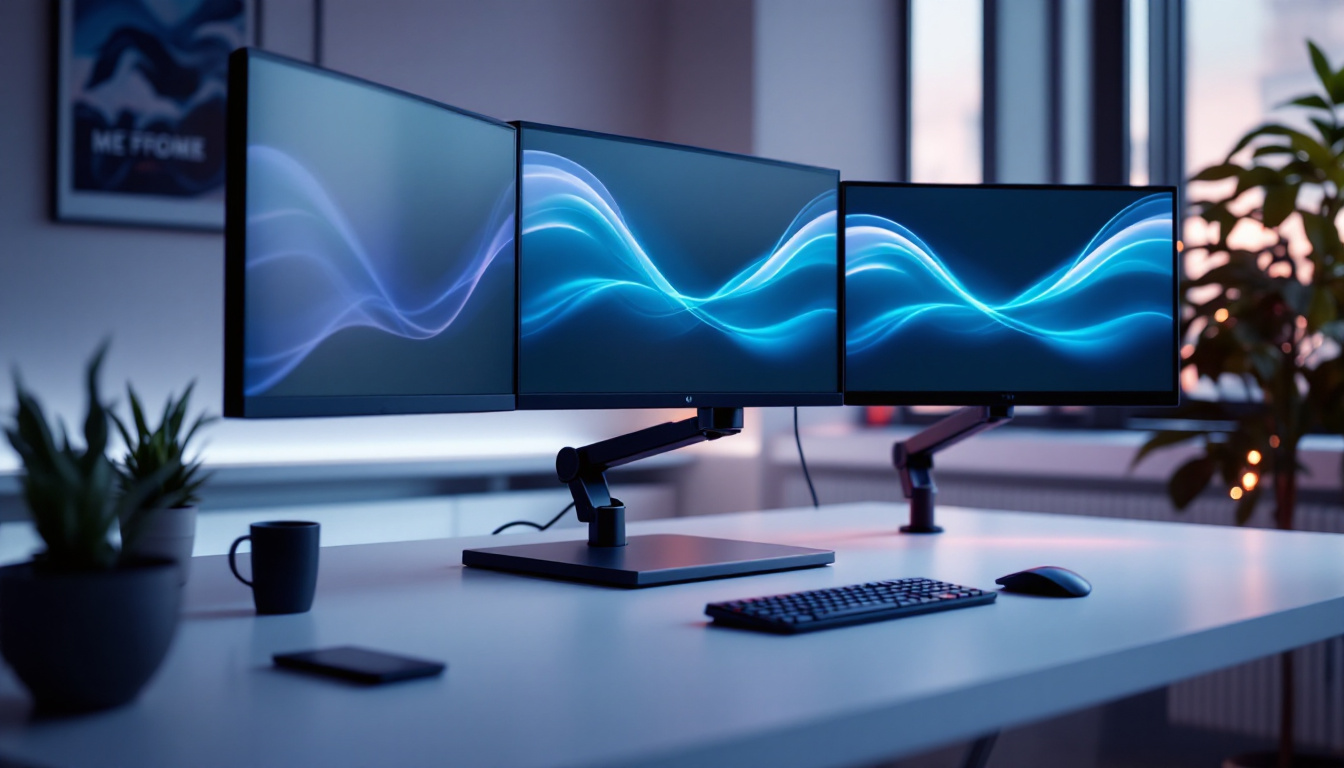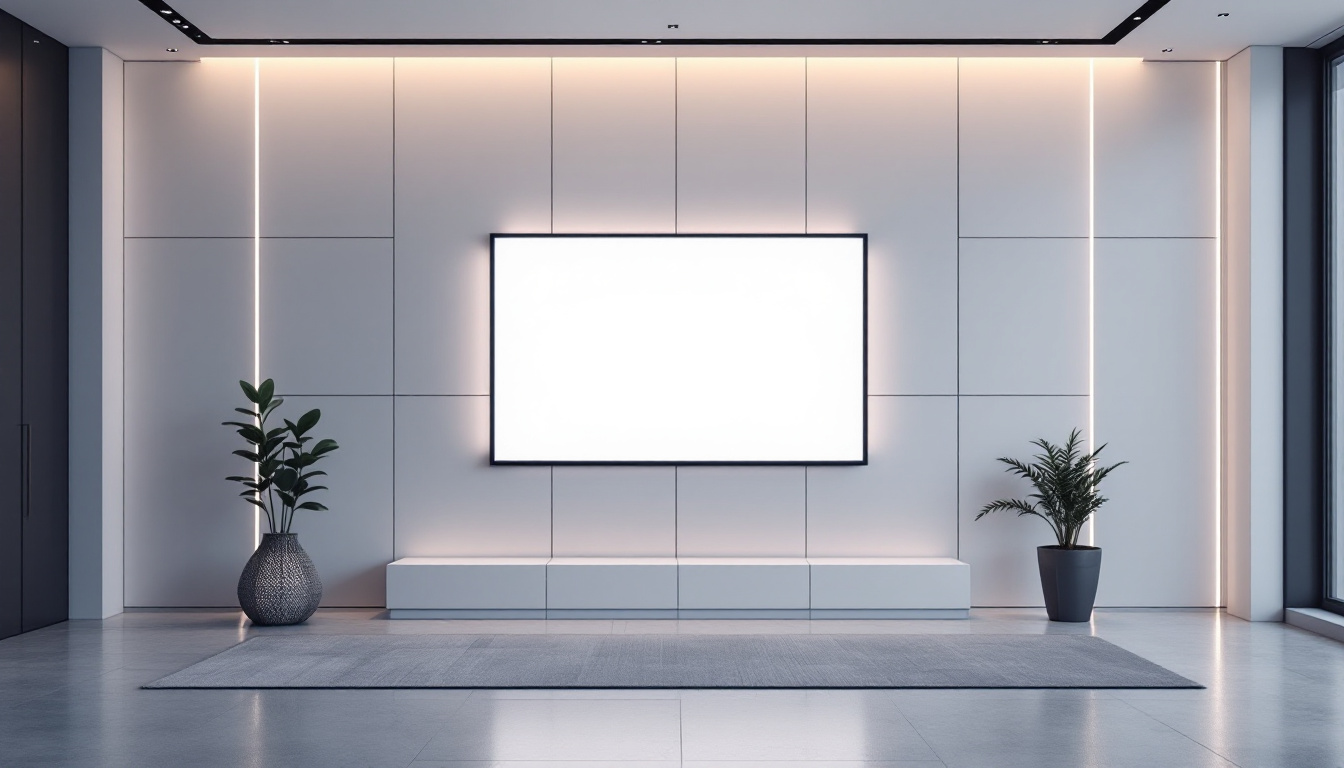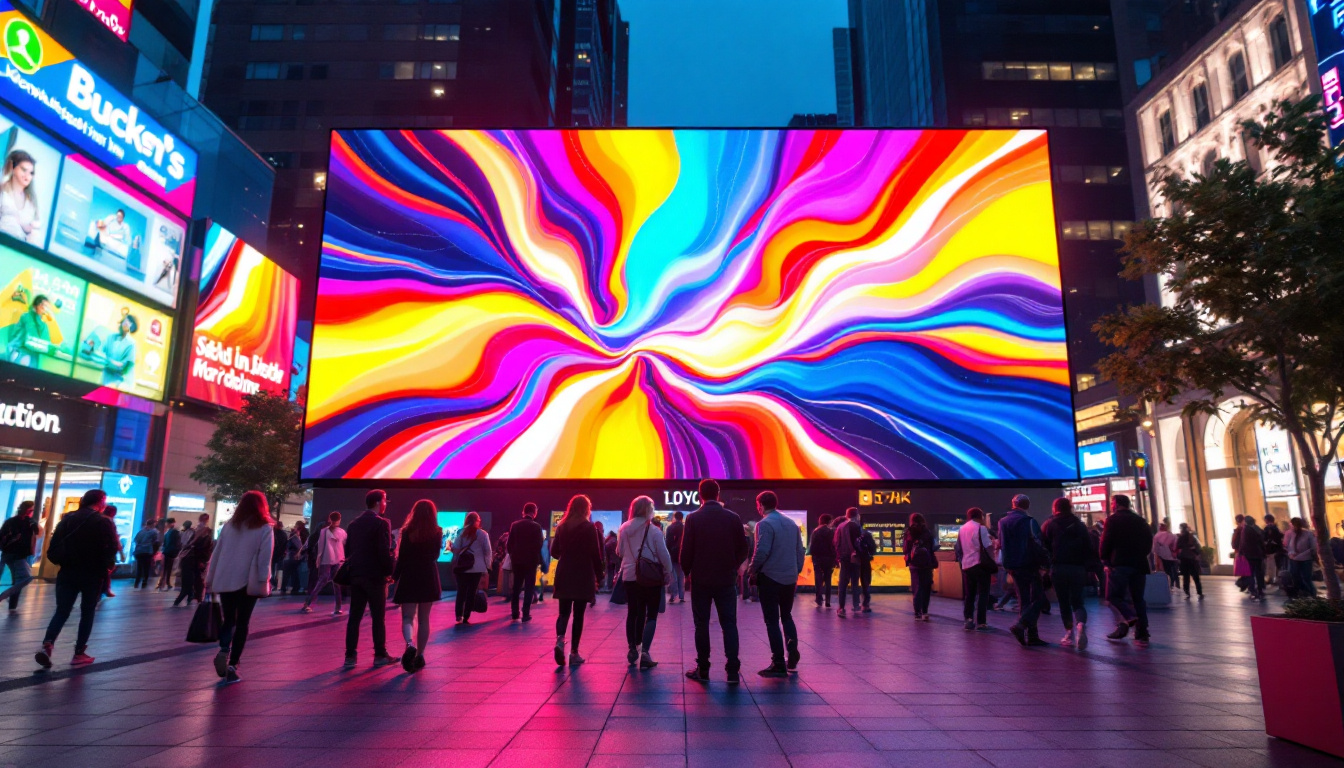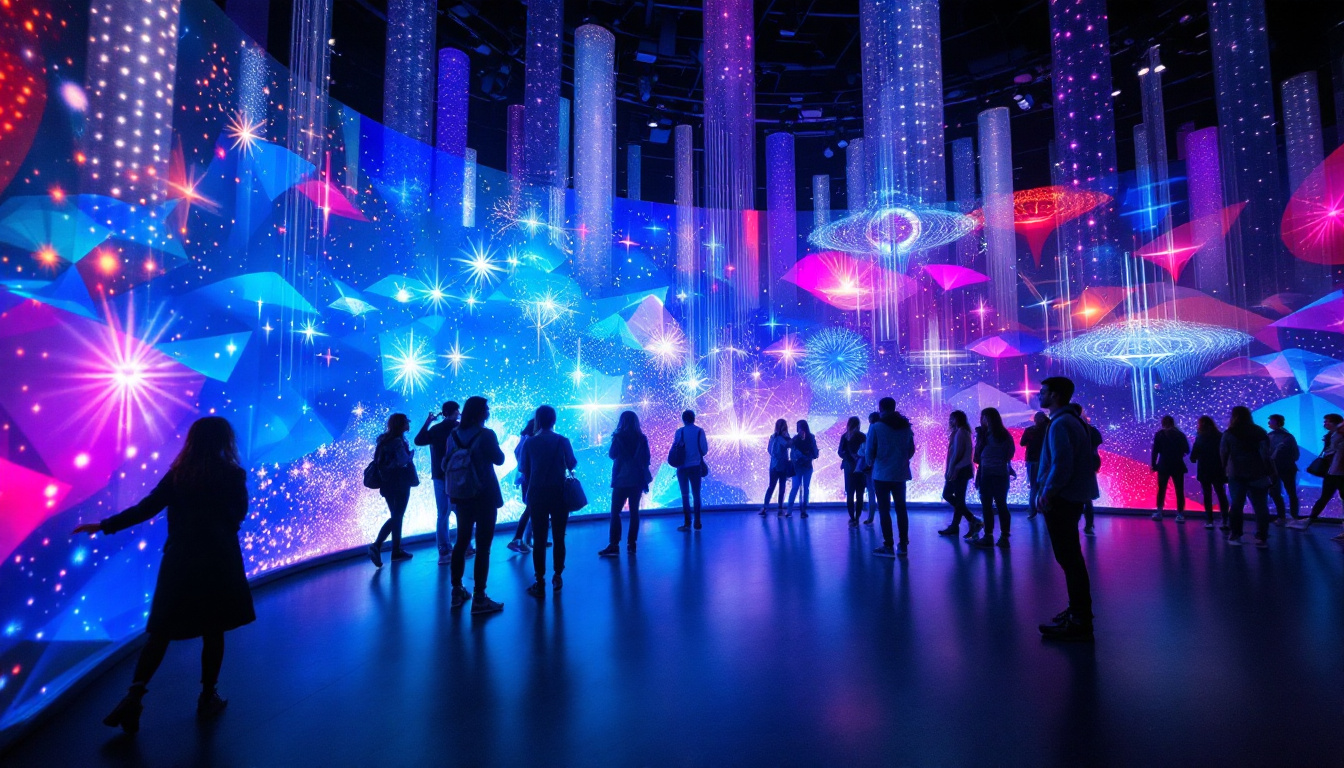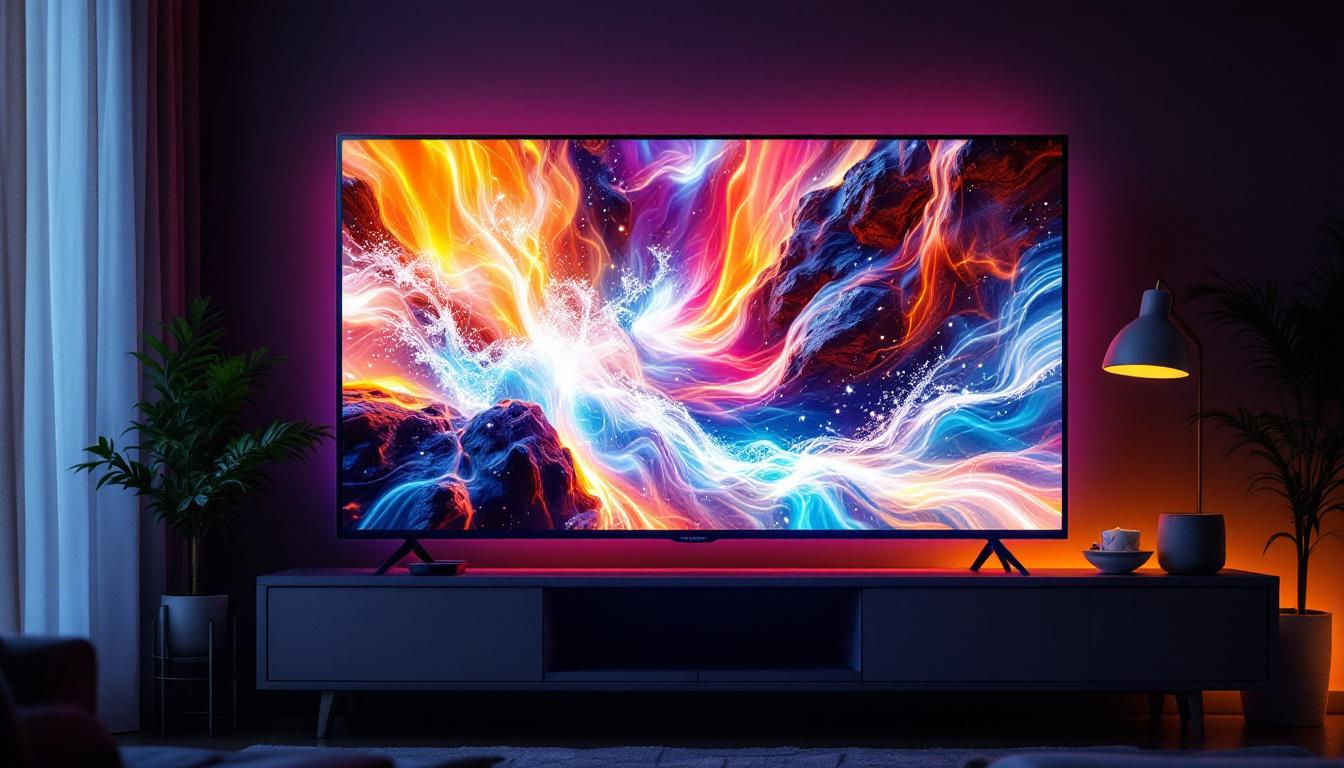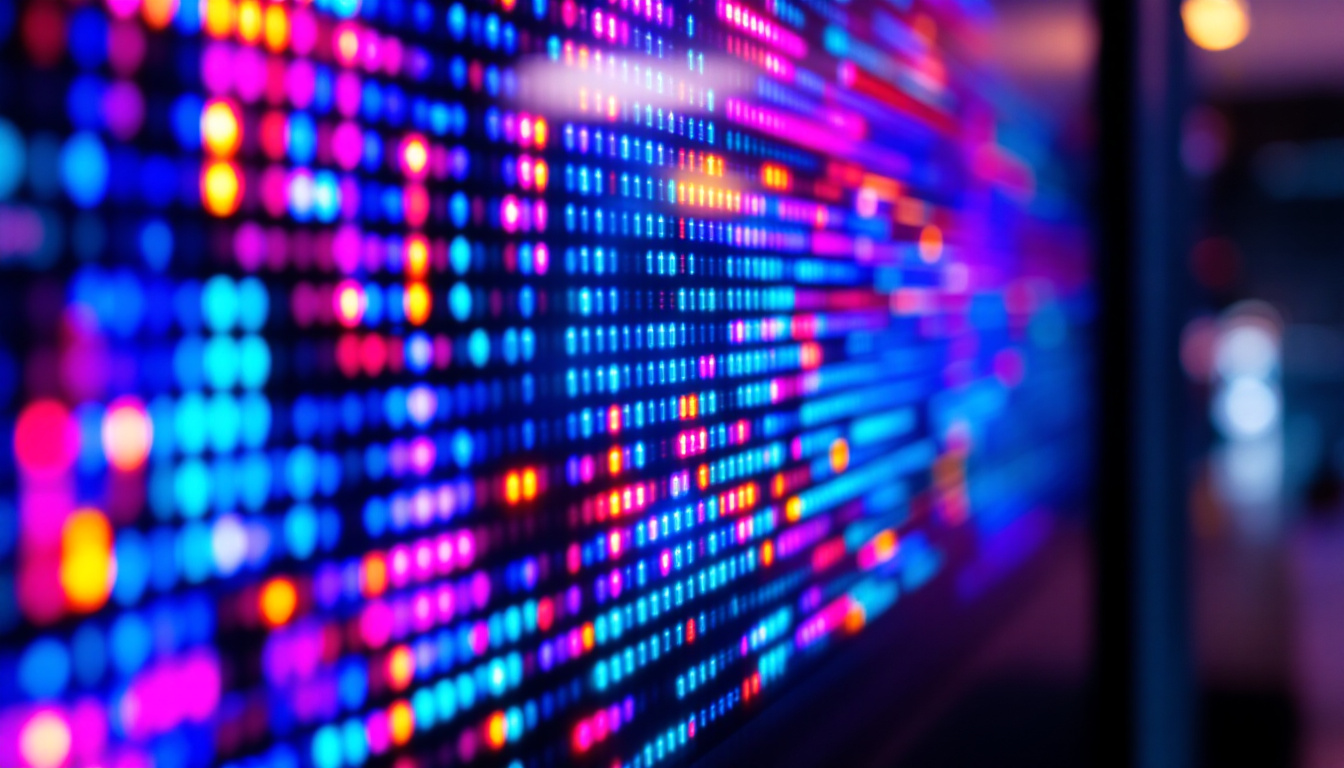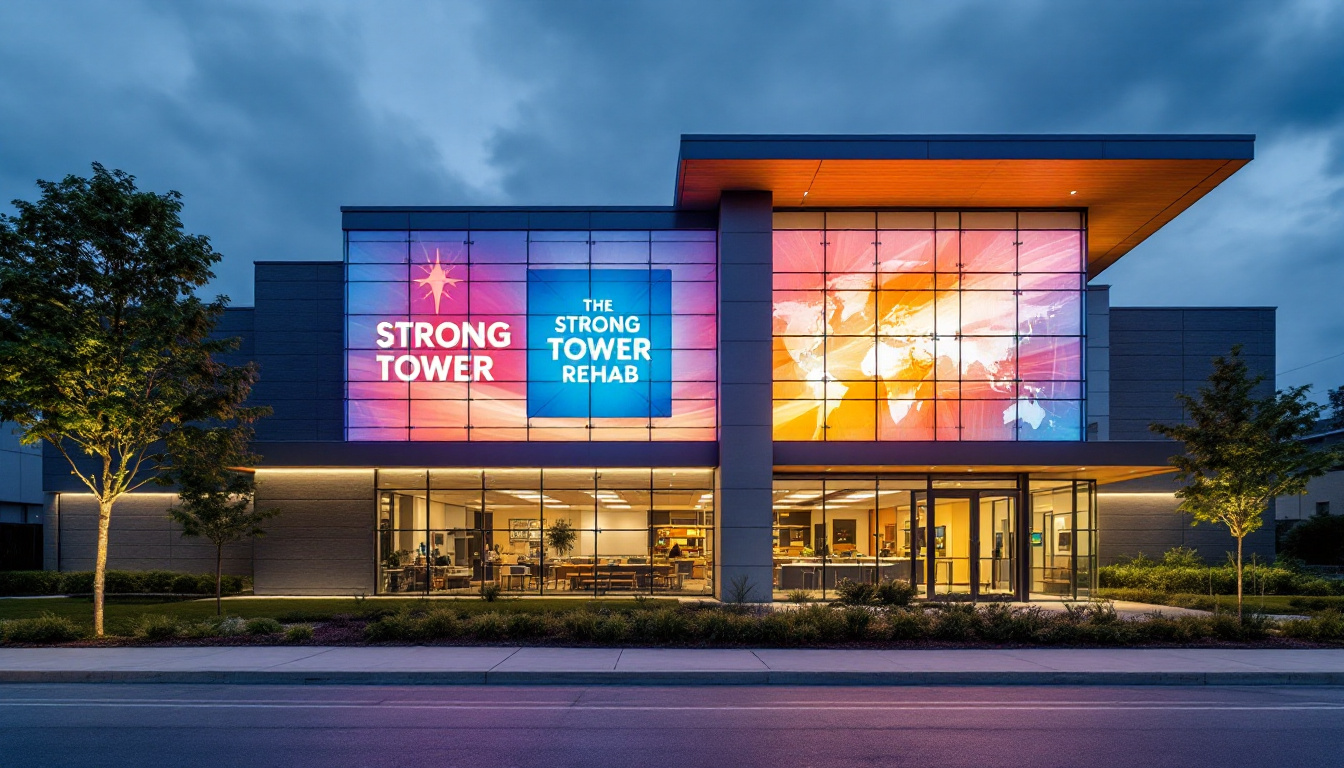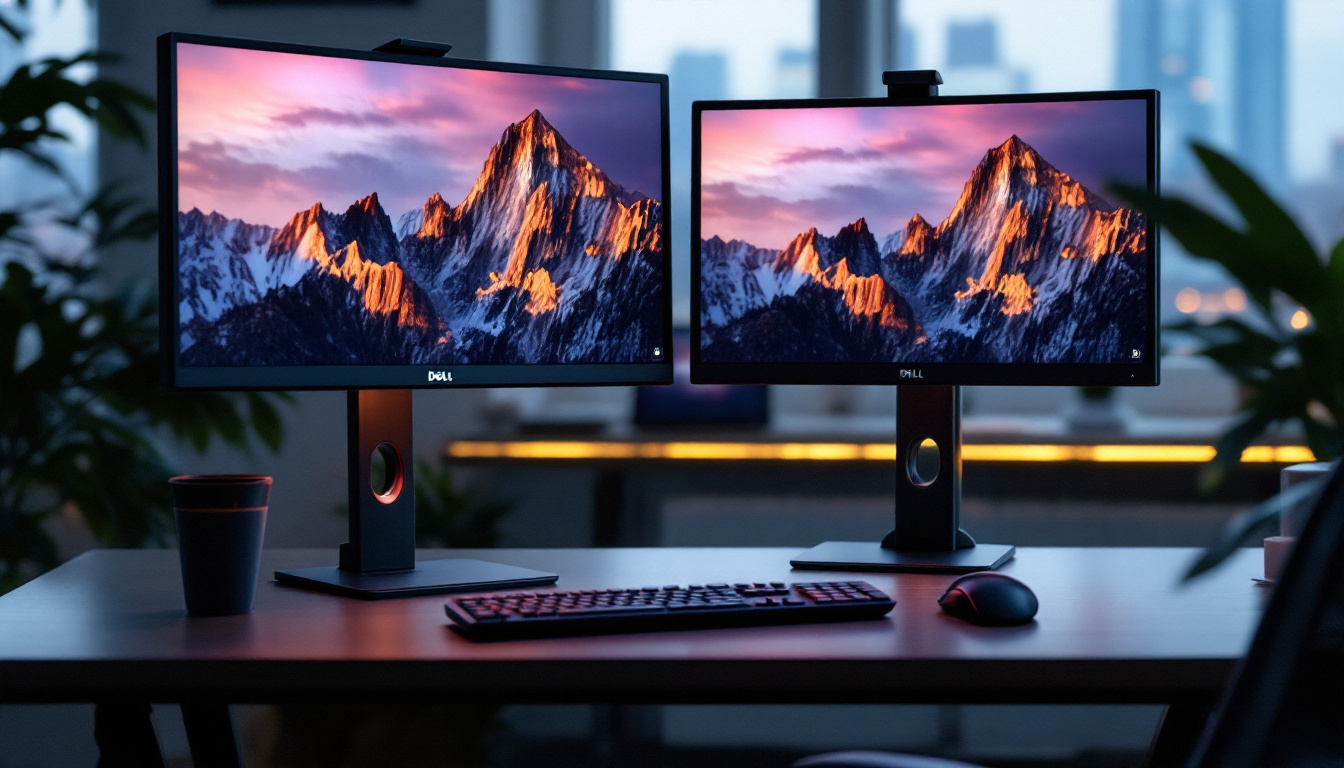In the realm of modern technology, LED displays have emerged as a cornerstone of visual communication. From smartphones to large-scale billboards, these displays are ubiquitous, offering vibrant colors and sharp images. However, a critical aspect often overlooked is the distance between each pixel, commonly referred to as pixel pitch. Understanding pixel pitch is essential for anyone involved in the design, purchase, or use of LED displays.
What is Pixel Pitch?
Pixel pitch is defined as the distance between the centers of two adjacent pixels on an LED display, typically measured in millimeters. This measurement plays a pivotal role in determining the display’s resolution, image quality, and viewing experience. A smaller pixel pitch indicates a higher pixel density, which translates to more detailed images and smoother visuals. The significance of pixel pitch extends beyond mere numbers; it is a fundamental aspect that influences how content is perceived by the audience, making it essential for designers and engineers alike to consider when creating or selecting displays for various applications.
Understanding Pixel Density
Pixel density is a crucial factor that influences the clarity and sharpness of an image. When the pixel pitch is small, more pixels can fit into a given area, resulting in a higher pixel density. For example, a display with a pixel pitch of 1.5mm will have significantly more pixels per square meter than one with a pixel pitch of 10mm. This increased density allows for finer details and more vibrant colors, enhancing the overall viewing experience. In high-resolution environments, such as digital signage or high-end video walls, achieving the right pixel density can mean the difference between a captivating visual display and a pixelated, unappealing image that fails to engage viewers.
Impact on Viewing Distance
The pixel pitch also affects the optimal viewing distance. Displays with a smaller pixel pitch are ideal for close-range viewing, such as in conference rooms or retail environments, where viewers are typically within a few feet of the screen. Conversely, larger pixel pitches are better suited for outdoor displays or large venues, where viewers are situated farther away. Understanding the appropriate pixel pitch for a specific application is vital for achieving the best visual performance. For instance, in stadiums or concert venues, a pixel pitch of 10mm or more may suffice, as the audience is often seated at a considerable distance, allowing for a more economical use of pixels without sacrificing image quality. However, in environments where detailed graphics or text are critical, such as control rooms or broadcast studios, a smaller pixel pitch is essential to ensure that every detail is crisp and easily discernible from various angles and distances.
Types of LED Displays
LED displays come in various types, each designed for specific applications and environments. The choice of display type can significantly impact the effectiveness of visual communication.
Indoor LED Displays
Indoor LED displays typically feature smaller pixel pitches, ranging from 1.0mm to 4.0mm. These displays are designed for environments where viewers are close to the screen, such as shopping malls, airports, and corporate settings. The high pixel density ensures that images remain sharp and clear, even at close range. Additionally, indoor LED displays often come equipped with advanced features such as high refresh rates and superior color accuracy, which enhance the viewing experience. This makes them ideal for dynamic content, such as live video feeds or interactive presentations, where clarity and vibrancy are paramount.
Outdoor LED Displays
Outdoor LED displays, on the other hand, generally have larger pixel pitches, often ranging from 5.0mm to 20.0mm or more. These displays are built to withstand harsh weather conditions and are designed for viewing from greater distances. The larger pixel pitch allows for fewer pixels, which is sufficient for the viewing distances typically encountered in outdoor settings, such as stadiums and highways. Moreover, many outdoor LED displays are equipped with protective coatings and robust housings to guard against rain, dust, and UV rays, ensuring longevity and reliability. Their brightness levels are also significantly higher than indoor displays, allowing them to remain visible even in direct sunlight, making them perfect for advertising billboards and event signage.
Transparent LED Displays
Transparent LED displays are an innovative solution that combines aesthetics with functionality. These displays feature a unique design that allows light to pass through while still displaying vibrant images. The pixel pitch in transparent displays can vary widely, but they are often used in retail environments to create eye-catching advertisements without obstructing visibility. This technology not only enhances the visual appeal of storefronts but also allows businesses to maintain an open and inviting atmosphere. Furthermore, transparent LED displays can be integrated into glass structures, such as windows and partitions, enabling creative applications in architecture and interior design. As a result, they serve as a versatile tool for brands looking to engage customers while maintaining a sleek and modern look.
Factors Influencing Pixel Pitch Selection
Choosing the right pixel pitch for an LED display involves considering several factors that can influence the effectiveness of the display in its intended environment.
Application Purpose
The primary purpose of the display plays a significant role in determining the appropriate pixel pitch. For instance, a display used for broadcasting high-definition video content will require a smaller pixel pitch to ensure clarity and detail. In contrast, a display used for simple text or basic graphics may function adequately with a larger pixel pitch.
Viewing Distance
As previously mentioned, the distance from which the display will be viewed is a critical factor. For applications where viewers will be close to the screen, such as in retail stores or trade shows, a smaller pixel pitch is necessary. Conversely, for outdoor billboards viewed from a distance, a larger pixel pitch is sufficient and more cost-effective.
Budget Considerations
Budget constraints are an unavoidable reality in any project. Smaller pixel pitch displays tend to be more expensive due to the increased number of LEDs and the complexity of manufacturing. Therefore, it is essential to balance the desired image quality with budgetary limitations when selecting a display.
Advantages of LED Displays
LED displays offer numerous advantages that make them an attractive choice for various applications. Understanding these benefits can help stakeholders make informed decisions when considering LED technology.
Energy Efficiency
One of the most significant advantages of LED displays is their energy efficiency. Compared to traditional display technologies, such as LCD and plasma, LED displays consume significantly less power. This energy efficiency not only reduces operating costs but also contributes to a lower environmental impact.
Brightness and Visibility
LED displays are known for their exceptional brightness, making them suitable for both indoor and outdoor applications. The ability to produce vibrant colors and high contrast ratios ensures that content remains visible even in direct sunlight. This quality is particularly important for outdoor advertising, where visibility can directly impact engagement and effectiveness.
Longevity and Durability
LED technology is renowned for its longevity. LED displays can last for tens of thousands of hours, far exceeding the lifespan of traditional display technologies. Additionally, they are more resistant to shock and vibration, making them ideal for dynamic environments such as concerts, sports events, and outdoor installations.
Challenges and Considerations
While LED displays offer numerous advantages, they are not without their challenges. Understanding these potential issues is crucial for effective implementation.
Cost of Installation
The initial cost of purchasing and installing LED displays can be significant. While prices have decreased over the years, high-quality displays with smaller pixel pitches still represent a substantial investment. Organizations must weigh the long-term benefits against the upfront costs to determine the feasibility of installation.
Technical Expertise
Installing and maintaining LED displays requires a certain level of technical expertise. Organizations may need to invest in training for staff or hire specialized technicians to ensure optimal performance. This requirement can add to the overall cost and complexity of the project.
Content Management
Effective content management is essential for maximizing the impact of LED displays. Organizations must consider how they will create, schedule, and update content regularly. This process can be time-consuming and may require additional software or personnel to manage effectively.
The Future of LED Displays
The LED display industry is continuously evolving, with advancements in technology paving the way for new possibilities. As the demand for high-quality visual communication grows, several trends are emerging that are likely to shape the future of LED displays.
MicroLED Technology
MicroLED technology represents a significant leap forward in display technology. This innovation involves the use of microscopic LEDs to create displays with even smaller pixel pitches and higher resolutions. MicroLED displays promise to deliver exceptional image quality while maintaining the energy efficiency and longevity associated with traditional LED technology.
Integration with Smart Technology
As smart technology becomes increasingly prevalent, LED displays are being integrated into smart systems for enhanced functionality. This integration allows for real-time content updates, interactive features, and improved user experiences. For instance, smart LED displays can adapt their content based on environmental conditions or audience engagement, making them more dynamic and effective.
Environmental Sustainability
With growing awareness of environmental issues, the LED display industry is also focusing on sustainability. Manufacturers are exploring eco-friendly materials and production processes to reduce the environmental impact of LED displays. This trend is likely to continue as consumers and organizations increasingly prioritize sustainability in their purchasing decisions.
Conclusion
Understanding the distance between each pixel, or pixel pitch, is crucial for anyone involved in the world of LED displays. From determining the appropriate pixel pitch based on viewing distance and application purpose to recognizing the advantages and challenges associated with LED technology, a comprehensive understanding of these factors can lead to more informed decisions.
As technology continues to advance, the future of LED displays looks promising. Innovations such as MicroLED technology and smart integration are set to enhance the capabilities of these displays, making them even more effective for visual communication. By staying informed about these developments, organizations can leverage LED technology to create engaging and impactful visual experiences.
In a world where visual communication is paramount, the distance between each pixel is not just a technical specification; it is a critical element that can influence the effectiveness of communication strategies across various industries.
Explore Cutting-Edge LED Display Solutions with LumenMatrix
Ready to transform your visual communication strategy with the latest in LED display technology? LumenMatrix is at the forefront of innovation, offering a diverse range of LED display solutions tailored to your unique needs. Whether you’re looking for an Indoor LED Wall Display, a vibrant Outdoor LED Wall Display, or specialized options like Vehicle LED Displays and LED Sports Displays, LumenMatrix has the expertise to bring your vision to life. Elevate your brand’s visibility and captivate your audience with our state-of-the-art LED display modules. Check out LumenMatrix LED Display Solutions today and experience the power of advanced visual communication.

